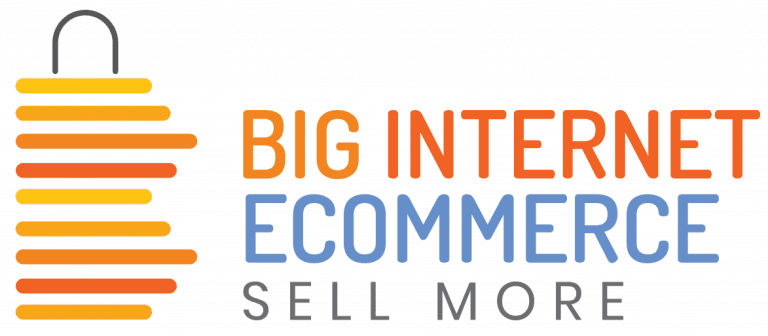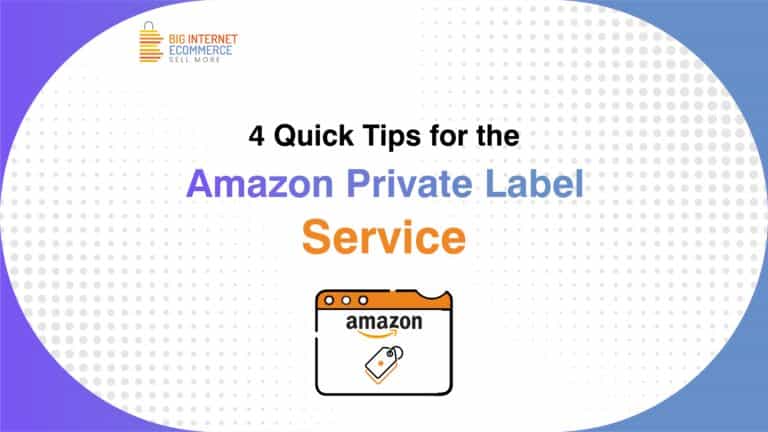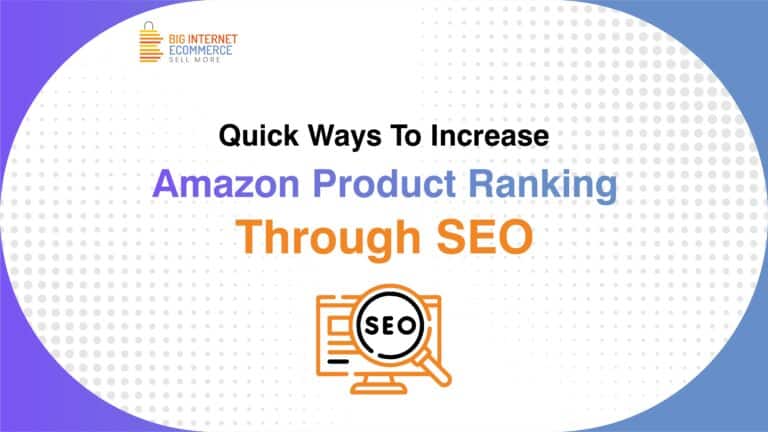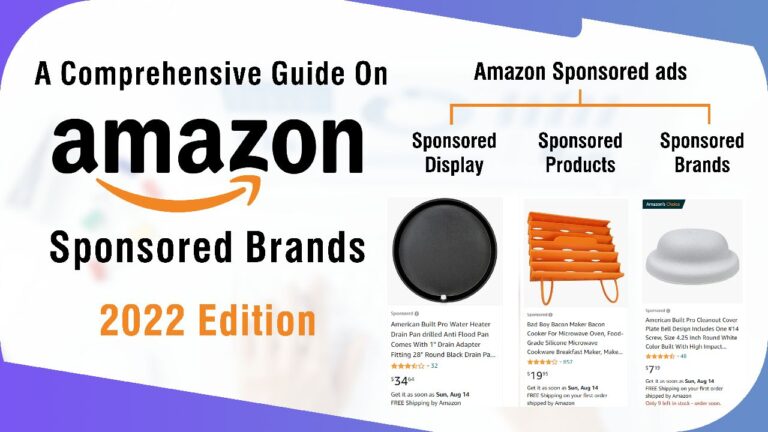Following Part II, here we’ll tell you the dos when you begin SEO.
Clean Ecommerce Site Structure
Most Shopify SEO optimizations enhance user experience and inspire visitors to browse products for a longer time. A simple and neat site structure does too.
A clean Shopify site structure
- Allows prospects to find your products easily
- Allows search engines to crawl and rank your website and its web pages.
Also, don’t let any of your web pages turn into orphan pages. Imagine having a website page with good quality content but crawlers are not able to figure out how it is associated with your main domain. That’s why you need to interlink your website pages.
Also, a Shopify store should be optimized for humans first and search engines second. So, adding an about us page, a contact us page, and a blog boosts credibility.
Carry Out Keyword Research
Keyword research is the process of figuring out which words and phrases (keywords) your target audience uses to search for your products online. You have to include them in your content across your website so that you can prepare to rank in the top 10 SERP results when searched for. Search for product-focused keywords that display clear buying intent and are relevant to every stage of your sales funnel.
Readable Website URLs
Messy URLs look spammy and meddle with organic traffic information in analytics software. Clean URLs help search engines to match page content to search queries and make indexing easier.
Optimize Headings and Product Descriptions
Your Shopify SEO content should be excellent and on-page optimization should be on point. Strategic use of headings and subheadings simplify both content consumption and product discovery.
Compelling product descriptions also encourage buying as they disclose all the information required to make that decision.
Remove Duplicate Content
Duplicate content is the same or similar content appearing on two or more unique URLs. It confuses Google and can prevent your original content from ranking on search engines.
You can use 301 directs and canonical tags to solve this problem. 301 sends redirect signals from one URL to another one. Google then automatically assigns link authority to a new page with a 301 direct.
Canonical tags are HTML code snippets that communicate to the search engines about a specific URL representing the master copy of a page. They are ideal for external duplicate content.
Fast Page Speed
In today’s time, users expect sites to load in under two seconds. And, huge images and files, web hosting, and plugins slow down site speed. Did you know that websites with a 10-second-loading time or more have a 123% bounce rate? You cannot afford to offer this kind of a consumer experience.
Final Thoughts
This Shopify SEO checklist clearly shows how SEO efforts reflect your brand, increase sales, and why they are worth the investment. And, Fab On Go can become your perfect Shopify SEO copywriting partner in this journey to success.




